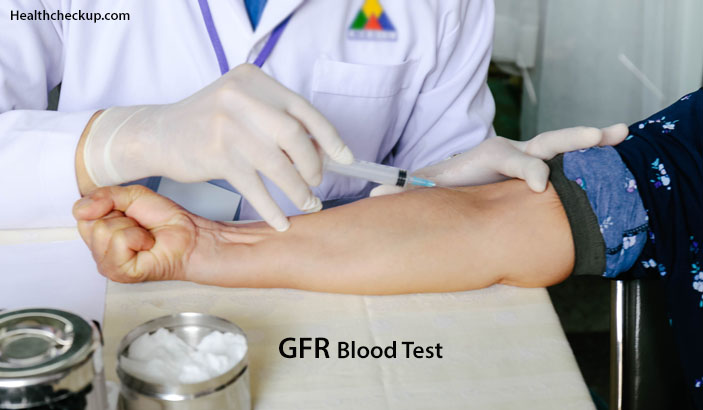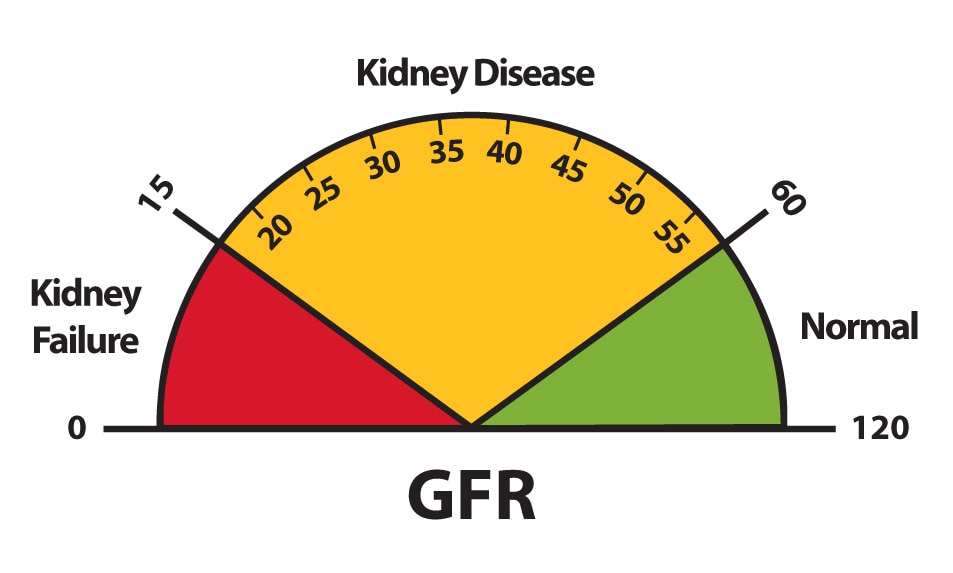

A number of studies have reported ( 5, 6) that Scr and BUN can maintain a normal level, even when the GFR decreases by 50% therefore, Scr and BUN clearance are not accurate enough for measuring GFR.Ĭystatin C, which is filtered through the glomeruli, and not secreted or reabsorbed by the renal tubules or bound with plasma proteins, is considered to be an ideal marker for measuring GFR. It is affected by protein intake, decomposition level, and renal blood flow, as well as some drugs. Studies have shown that Scr concentration can be affected by age, body height, body weight, sex, race, muscle mass, and various medications therefore, Scr is now recognized as being unreliable for predicting renal function ( 3, 4).īUN is the final degradation product of protein and amino acid metabolism, and 40–50% can be reabsorbed by renal tubules. Scr is primarily a metabolite of creatine phosphate, and a small amount (15%) can be secreted through the renal tubules. The most widely used marker for assessing renal function and for estimating GFR is the measurement of Scr and creatinine clearance rate (Ccr). GFR can be obtained by measuring the filtration rate of the endogenous markers serum creatinine (Scr), blood urea nitrogen (BUN), and Cystatin C, as well as exogenous markers including inulin and radioisotopes. Glomerular filtration rate (GFR), the volume of glomerular filtrate formed per minute in the nephrons of the kidneys, is the best indicator for evaluating renal function ( 1, 2). Keywords: Glomerular filtration rate (GFR) 99mTc-DTPA normal reference range donor kidney depth SPECT/CT For each 1 year increase in age, the gSGFR (L), gSGFR (R), and gTGFR decreased by 0.17, 0.28, and 0.44 mL/min/1.73 m 2, respectively, while for every 1 cm increase in body height, the gSGFR (L), gSGFR (R), and gTGFR decreased by 0.37, 0.36, and 0.74 mL/min/1.73 m 2, respectively.Ĭonclusions: Normal reference ranges for renal depth-calibrated gSGFR (L), gSGFR (R), and gTGFR were established in healthy Chinese adults aged 23–64 years, and gSGFR (L), gSGFR (R), and gTGFR decreased with age and body height. gSGFR (L), gSGFR (R) and gTGFR had statistical significance with body height and age (P0.05). Results: The average gSGFR (L), gSGFR (R), and gTGFR for patients aged 23–64 years old were 49.3☑0.1, 49.9☑0.4, and 99.1☑8.7 mL/min/1.73 m 2, respectively. A general linear model based on age, gender, body height, body weight, and BMI was used to analyze factors influencing gSGFR (L), gSGFR (R) and gTGFR. The renal depth-calibrated gTGFR and gSGFR were calculated by Gates’ method with renal depth measured by CT instead of being calculated by the Tønnesen formula. Methods: Renal depth was measured by CT scan followed by technetium 99m-diethylene triamine pentaacetic acid ( 99mTc-DTPA) renal dynamic imaging by single-photon emission computed tomography/computed tomography (SPECT/CT) in 329 living kidney donors.


This study aimed to establish the normal reference ranges of renal depth-calibrated gTGFR and gSGFR in Chinese healthy adults, and to analyze the influencing factors. Background: The underestimation of renal depth by Tønnesen formula in Gates’ method, which has been confirmed by many scholars, leads to the underestimation of both separate glomerular filtration rate (gSGFR) and total glomerular filtration rate (gTGFR).


 0 kommentar(er)
0 kommentar(er)
